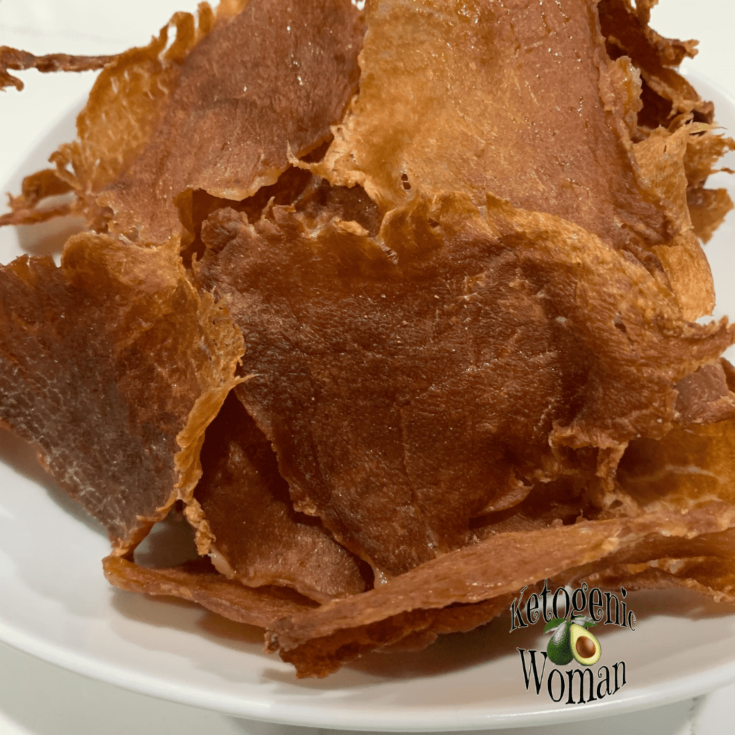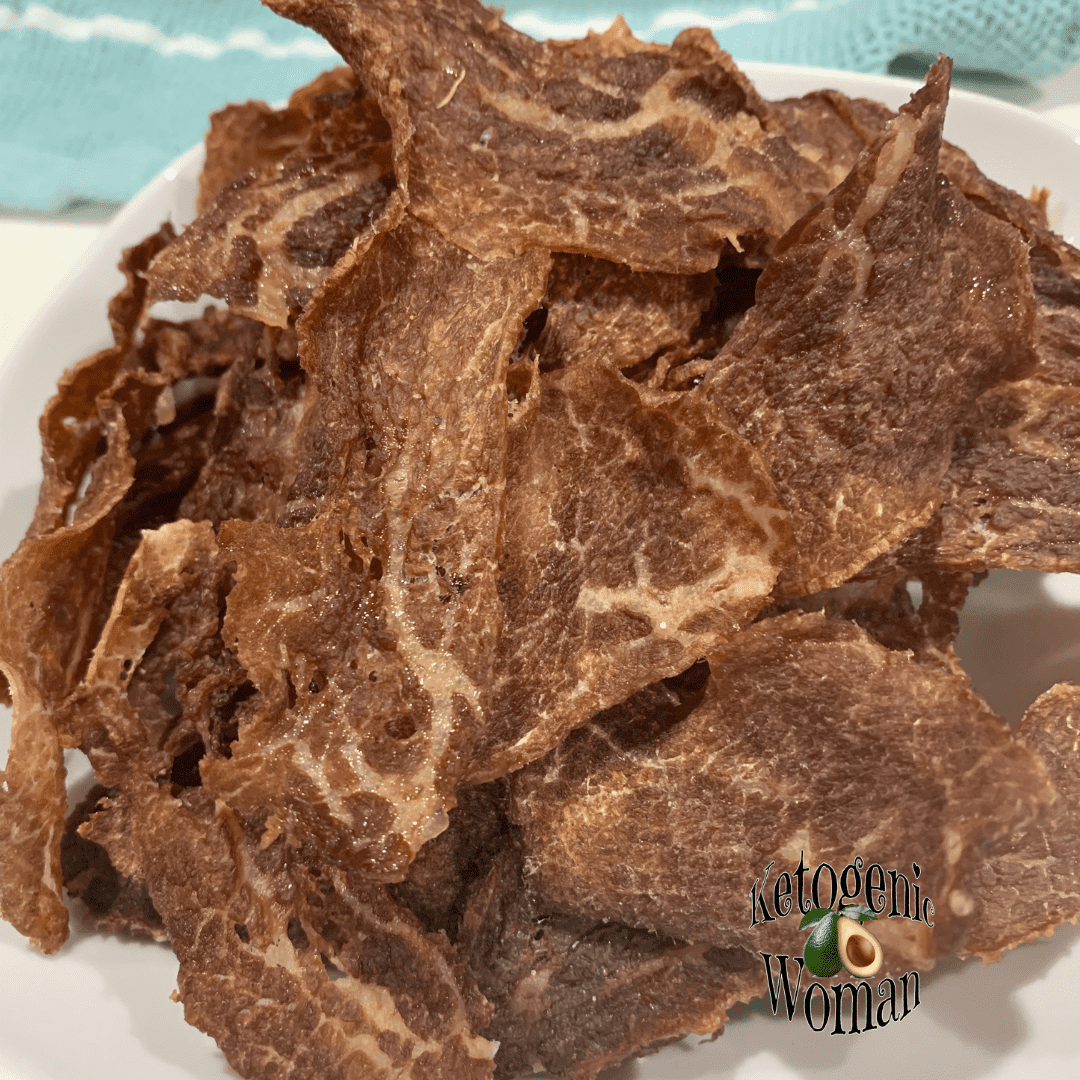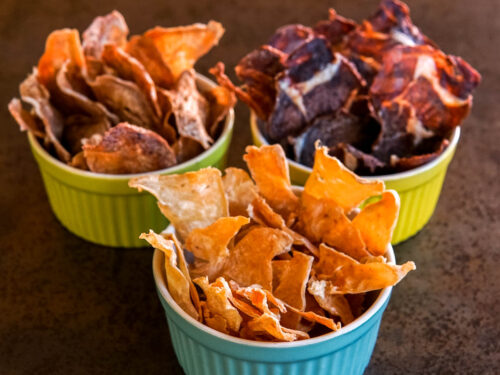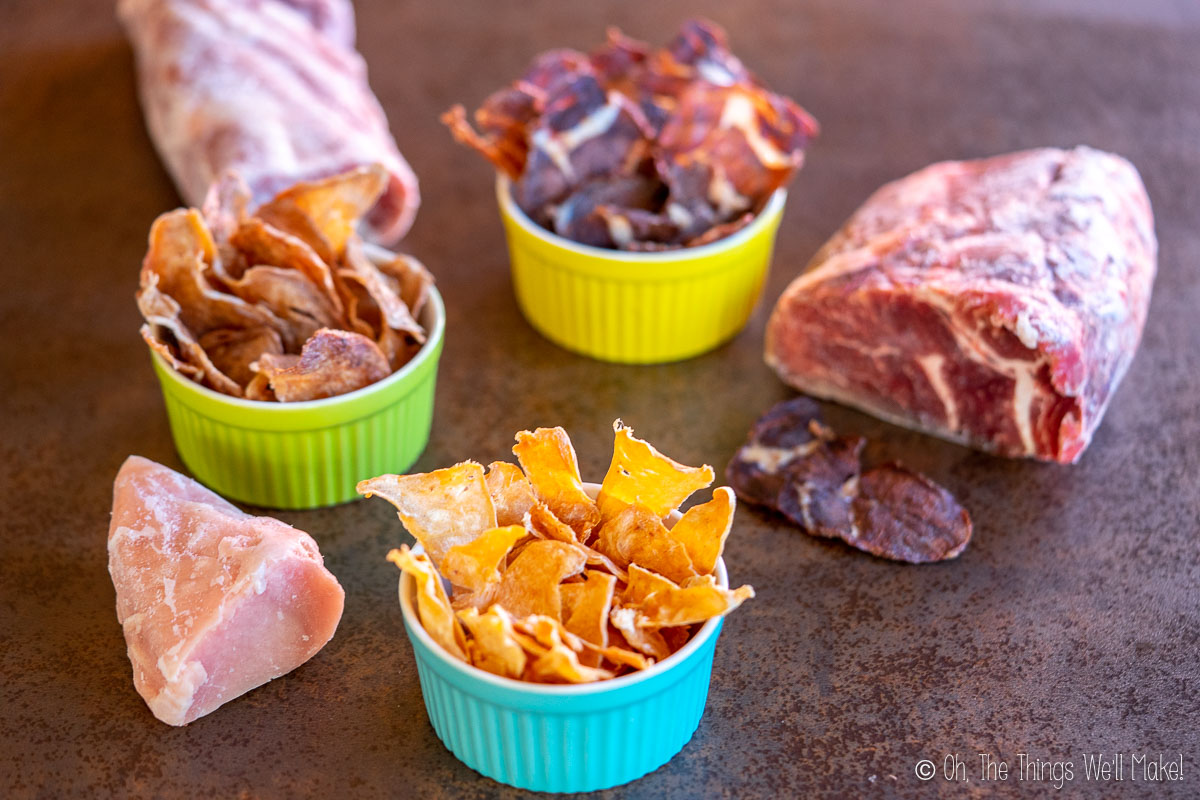Learn how to create your own mouth watering carnivore crisps from scratch! With quality ingredients and creative flair, you’ll be making irresistible crispy treats in no time. Join us on this exciting culinary adventure now!
If you’ve ever wondered whether you could channel your inner chef and whip up some delicious homemade carnivore crisps, then get ready to be amazed! In this article, we’ll explore the delightful world of creating your very own mouth watering carnivore crisps from scratch. No longer will you need to rely on store-bought options that may not tickle your taste buds just right. With a few simple ingredients and some creative flair, you’ll be making your own irresistible crispy treats in no time. So, let’s roll up our sleeves and embark on this exciting culinary adventure together!

Choosing the Right Ingredients
When it comes to creating homemade carnivore crisps, selecting the right ingredients is crucial. Your choice of meat will be the foundation of your crisps, so it’s important to choose quality cuts. Look for fresh, lean meats that are free from any additives or preservatives. Opting for organic or grass-fed meats can also ensure a higher quality product.
In addition to the meat, you’ll also want to consider any additional ingredients you might want to include in your crisps. This could be anything from herbs and spices to add flavor, to vegetables or fruits to add texture and variety. Don’t be afraid to get creative and experiment with different combinations of ingredients to find the perfect flavor profile for your carnivore crisps.
When it comes to seasonings and spices, the options are endless. From classic combinations like garlic and black pepper to exotic blends like curry or chipotle, there’s a world of flavors to explore. Consider the preferences of your intended audience and let your taste buds guide you in choosing the perfect seasonings for your homemade carnivore crisps.
Preparing the Meat
Before you can start dehydrating your meat, you’ll need to properly prepare it. This involves trimming and slicing the meat into thin, uniform pieces that will dehydrate evenly. Remove any excess fat or gristle, as these can lead to greasy or chewy crisps.
Once the meat is trimmed, it’s time to marinate it. Marinating helps infuse the meat with flavor and can also help tenderize it. You can use a variety of marinades, from simple mixtures of soy sauce and Worcestershire sauce to more elaborate blends of spices and liquids. Allow the meat to marinate for at least a few hours, or overnight if possible, to maximize the flavor.

Using a Dehydrator
A dehydrator is a kitchen appliance specifically designed for drying out food. It works by circulating warm air evenly around the food, removing moisture and preserving the flavors and nutrients. When it comes to making carnivore crisps, a dehydrator is an essential tool for achieving the desired texture and taste.
To use a dehydrator, start by arranging the marinated meat slices on the trays in a single layer, making sure they don’t overlap. Set the temperature and time according to the manufacturer’s instructions, typically around 140°F (60°C) for meat. Allow the meat to dry for several hours, or until it reaches the desired level of crispness.
Alternative Drying Methods
If you don’t have a dehydrator, you can still make homemade carnivore crisps using alternative drying methods. One popular option is using an oven. To do this, arrange the marinated meat slices on a wire rack set over a baking sheet to allow air circulation. Bake at a low temperature, around 170°F (75°C), and periodically flip the meat slices to ensure even drying.
Another method is air drying, which requires a consistently warm and dry environment. This can be achieved by hanging the meat slices in a well-ventilated area, such as an enclosed porch or a food dehydrating tent. Keep in mind that air drying may take longer than using a dehydrator or oven, but it can still yield delicious carnivore crisps.

Adding Flavors and Variations
Once you have mastered the basic recipe for carnivore crisps, it’s time to explore different flavors and variations. Don’t be afraid to get creative and try out new combinations of seasonings, spices, and additional ingredients. You can experiment with different marinades, such as teriyaki, barbecue, or honey mustard, to add a unique twist to your crisps.
If you enjoy spicy foods, why not create some fiery carnivore crisp varieties? Experiment with cayenne pepper, chili flakes, or even ghost pepper powder to add a kick to your crisps. Remember to start with a small amount of spice and gradually increase as needed to achieve the desired level of heat.
Storing and Packaging
Properly storing your homemade carnivore crisps is essential for maintaining their freshness and flavor. Once the crisps have cooled completely, transfer them to airtight containers or resealable bags. It’s important to keep them in a cool, dry place away from direct sunlight, as exposure to heat and moisture can cause them to spoil or lose their crispness.
To extend the shelf life of your carnivore crisps, consider vacuum-sealing them in portioned packs. This will remove any excess air and further prevent moisture from getting to the crisps. If stored correctly, they can last for several weeks or even months, allowing you to enjoy your homemade treats for a longer period of time.

Making Carnivore Crisp Treats for Pets
If you have furry friends at home, why not include them in the enjoyment of your homemade carnivore crisps? It’s important to understand your pet’s nutritional needs and preferences before offering them any treats. Make sure the ingredients you use are safe and suitable for your pet’s digestive system.
When making carnivore crisps for pets, opt for lean meats without any seasonings or spices that may be harmful to them. Avoid using any additives like onions, garlic, or excessive salt that can be toxic to certain animals. It’s best to consult with a veterinarian to ensure the homemade crisps are both safe and healthy for your furry companions.
Sharing and Gifting Homemade Crisps
Once you have perfected your homemade carnivore crisps, it’s time to share the joy of your delicious creations with others. Whether you want to surprise your friends and family or give them as gifts, homemade crisps are a unique and thoughtful present.
Consider creating customized gift packages by combining different variations of your crisps. You can also include a handwritten recipe or a list of suggested flavor combinations to inspire others to try their hand at making their own carnivore crisps. The possibilities are endless when it comes to sharing and gifting your homemade treats.

Exploring Homemade Carnivore Crisp Recipes
Now that you have a good understanding of the basics, it’s time to dive into the world of homemade carnivore crisp recipes. One popular option is beef jerky crisps, which can be made by marinating beef slices in a soy sauce and Worcestershire sauce mixture, and drying them until they reach the desired level of crispness.
For those who prefer poultry, chicken and turkey crisps are also delicious options. Marinate the meat in a blend of lemon juice, garlic, and herbs like rosemary or thyme. Dehydrate until the crisps are golden brown and crunchy.
Don’t limit yourself to just beef, chicken, or turkey. Experiment with different meats like venison, pork, or even fish to create unique and flavorful carnivore crisps. The key is to ensure the meat is lean and properly seasoned to develop the desired taste and texture.
Tips and Tricks for Successful Results
To ensure successful results with your homemade carnivore crisps, here are a few tips and tricks to keep in mind:
Maintaining hygiene and food safety is crucial throughout the entire process. Wash your hands thoroughly before handling the meat, and make sure all equipment and surfaces are clean and sanitized.
When adjusting cooking and drying times, keep in mind that thicker cuts of meat will take longer to dehydrate. Check the crispness regularly to prevent over-drying and to achieve the perfect balance between tenderness and crunch.
Remember that experimentation is key. Don’t be afraid to try different ingredients, flavors, and drying methods until you find the combination that suits your taste buds and preferences.
Creating homemade carnivore crisps is a fun and rewarding endeavor that allows you to tailor the flavors and textures to your liking. With a little creativity and a lot of love for good food, you can make delicious and healthy treats that will satisfy both human and furry palates. So go ahead, grab your ingredients, and start making your own carnivore crisps today!
